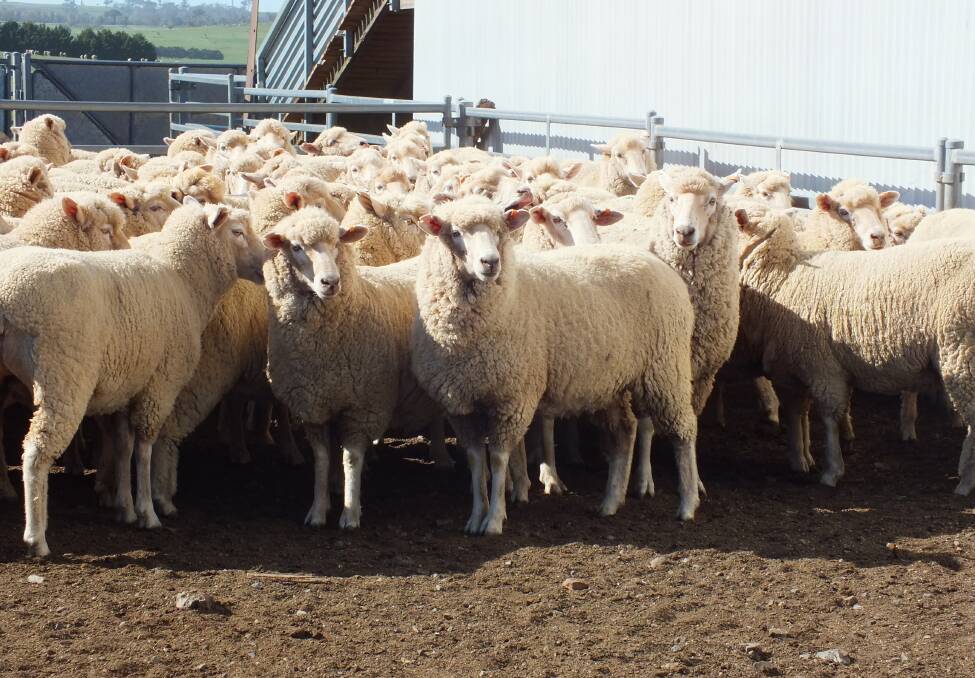
The recent MLA Sheep Projections report highlighted three key points.
Subscribe now for unlimited access to all our agricultural news
across the nation
or signup to continue reading
As widely reported, the national sheep flock will grow to its highest level since 2007 at 78.75 million head.
Secondly, record lamb production and exports are forecast in Australia for 2023, eclipsing totals set in 2016 and 2022.
Thirdly, the decline of the New Zealand flock size presents an opportunity for Australia to increase its market share as the largest exporter of sheepmeat in the world.
Currently, our Kiwi neighbours are the second largest sheepmeat exporter and play an important role in the global lamb and mutton market.
However, according to Senior Market Information Analyst at MLA, Ripley Atkinson, falling flock sizes in our neighbouring country presents an opportunity for the Australian sheepmeat industry.
"New Zealand, like Australia, has good market access, quality assurance schemes and a strong reputation internationally meaning that they are an international competitor to Australian lamb and mutton," Mr Atkinson said.
"However, new opportunities may be made available to Australian producers and exporters as New Zealand flock size decreases, wool and lamb production become less profitable compared to dairy production, and land availability decreases."
Aussie sheep growers owe the chance to increase market share to the steep rise in NZ dairy cattle numbers.
According to New Zealand Government statistics, between 1990 and 2019, dairy cattle numbers in New Zealand increased 82 per cent nationally from 3.4 million to 6.3 million head.
In the Canterbury region alone, numbers during this period increased a whopping 973pc from 113,000 to 1.2 million head.
Read more
According to market analyst, Matt Dalgleish, the last few years have seen beef and dairy cattle favoured ahead of sheep in NZ.
"Beef and Lamb New Zealand, the Kiwi equivalent to Meat & Livestock Australia, have released their livestock projections for the 2022/23 financial year and they show the flock growing for the first time since 2012, albeit marginally," Mr Dalgleish said.
"This financial year it is expected that the Kiwi sheep flock will grow by 0.2pc, compared to a 0.9pc decline in beef cattle numbers and a 0.8pc drop in the dairy herd.
But this slight rise in numbers from 25.73 million head to 25.78 million head, does not paint the true picture.
Breeding ewe numbers are still projected to decline by 1.4pc from 16.3 million head to 16.1 million head.
"There hasn't been an increase to the Kiwi breeding ewe flock since 2006," Mr Dalgleish said.
"Meanwhile the lamb crop is expected to fall by 0.9pc from 22.6 million head to 22.4 million head.
"In the sheep meat export space there won't be too much added competition from New Zealand over the coming season."
New Zealand's total lamb and mutton exports are forecast to climb by just 0.5pc from the previous year.
Lamb exports are anticipated to ease by 2,000 tonnes to 280,000 tonnes and mutton exports will increase by just 3,000 tonnes to 91,000 tonnes.
Between 1990 and 2019 sheep numbers decreased by 53.6 percent nationally from 57.9 million to 26.8 million head.
It's all about land availability and the dairy herd expansion requiring additional land for feeding replacement stock and increased areas of forage crops on which to winter cows.
From 1990/1991 to 2020/2021, the pastoral land under dairy increased from 1.4 to 2.2 million hectares.
The red meat sector lost much of the flat and rolling hill country that had traditionally been used to "finish" or grow lambs to slaughter weight.
New Zealand's finishing farm numbers have declined from 6,650 to 2,085.
The number of breeding ewes has decreased from 40.4 million in 1990/1991 to 16.6 million in 2020/2021.
Mr Atkinson said the shift from NZ sheep meat exports away from Europe and toward China also offers improved opportunity for Australia's producers in the European market
"In recent years, successive Australian Governments have made considerable strides in gaining European market access, with talks ongoing for an Australia (AU)-European Union (EU) Free Trade Agreement (FTA) and the AU-UK FTA signed in December 2021.
"As New Zealand sheepmeat exports have increasingly shifted away from Europe, and towards China, improved opportunities for Australian sheepmeat in European markets may continue," he said.
New Zealand's export value of sheepmeat to China in 2022 was $NZD16 billion.
Overall, Australia's sheep industry is in an exciting position of continued growth and development, with local production and the flock forecast set to rise, while global demand for high quality sheepmeat in established and emerging markets continues.

